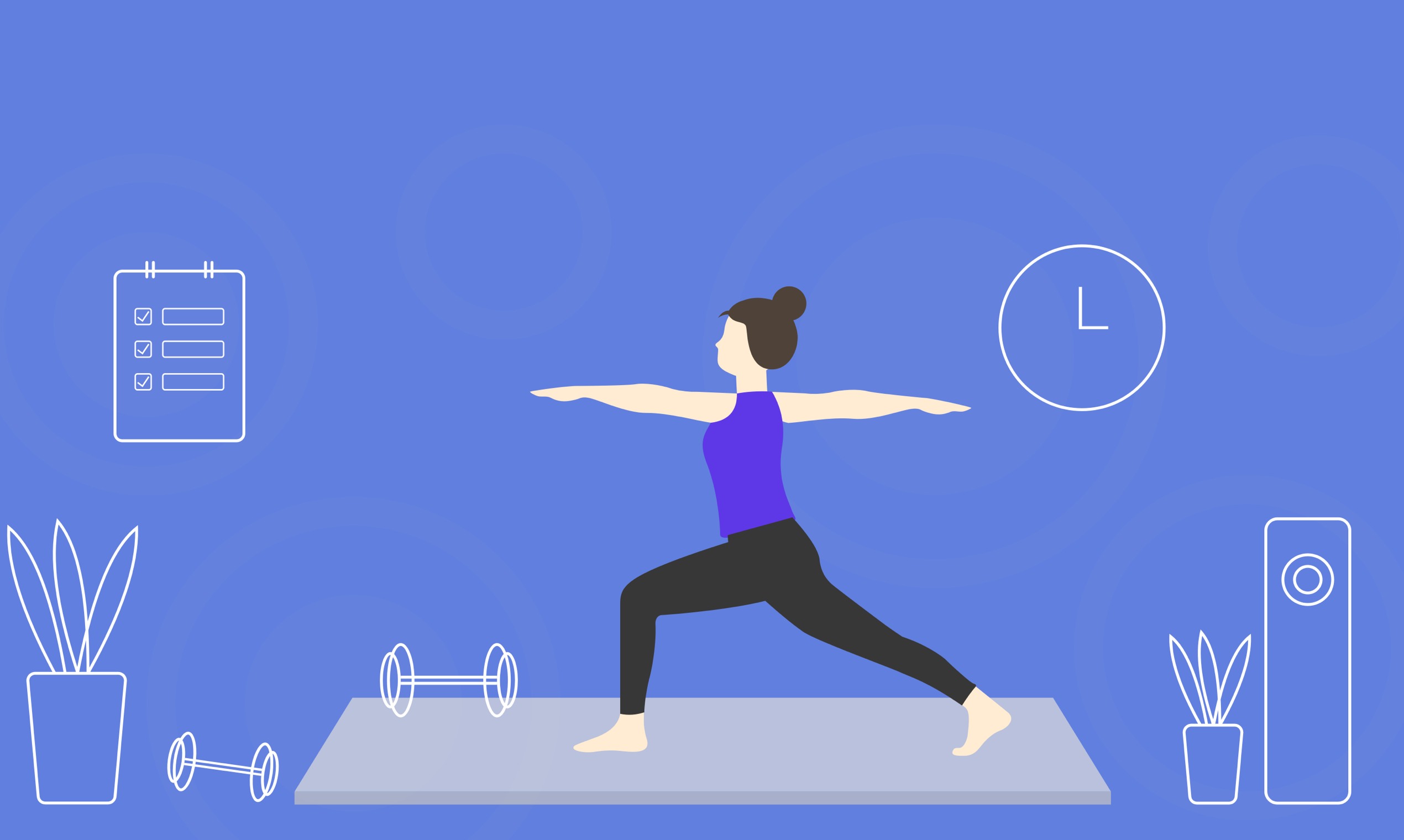Have you ever experienced a moment when you’re fully immersed in an activity, without noticing the flow of time, people around you, or even your basic bodily needs, i.e. hunger? You might immediately recall a time when you enjoyed listening to your favorite music with your newly bought headphones on the subway, feeling seamless closer and closer to every bar of the beat, word of lyrics, and the note of chords. People’s talking started to fade away and you even missed the stop station unconsciously. This is the very moment of “being in the zone”, and is actually what Csikszentmihályi initially described as a “flow state”.
What is the Flow State?
Happening a lot to athletes and creative workers when they are racing, painting, or practicing ballet dancing, the state of flow defines the situation when someone is completely absorbed in what he/she does, accompanied by a feeling of great enjoyment in the process. However, flow can not just happen in physical activity or creative pursuit, but also in a simple day-to-day activity/task, like reading or cooking.
How Is It Truly Like to Stay in a Flow State?
According to Csikszentmihályi’s research, people who he interviewed experienced the following feelings when entering a flow state:
- Complete concentration -- staying in their non-distracted zone.
- A sense of ecstasy -- truly enjoying the thing they do.
- Clear goals – knowing exactly what needs to be done.
- Great self-esteem -- believing in their own capability in performing the task.
- Timelessness – being mindful of the present, without noticing time passing.
- Effortlessness -- performing the activity without much effort and struggle.
From the feelings they’ve described, the state of flow is indeed an exceptionally joyful moment that captures us temporarily away from the outside world, with the only dedication to what we’re doing at this present moment. This sounds a bit surreal but also an innately positive experience associated with greater satisfaction, self-growth, and productivity.
Satisfaction
As flow can produce intense feelings of enjoyment, it usually leads to a lower degree of cortisol and blood pressure. Positive emotions such as self-confidence and hope are sparked as well.
Self-growth
A growth principle underlies the flow experience. People are usually goal-oriented and self-motivated during the flow. Intrinsic motivation comes from their own passions, while extrinsic motivation is derived from rewards and challenges. Therefore, to maintain the flow, they must keep seeking greater challenges, which may require a higher level of skills.
Productivity
Staying in the zone means one is fully focused and immersed. Their brain activities are also highly active during the process. Without distractions and time being wasted, they can thus achieve greater productivity and better performance at the task.
How to Enter a Flow State?
With so many benefits being in the flow, is there a certain way, following which one can easily achieve a mentally flow state?
Yes and No.
On the one hand, flow experience varies from person to person. Psychologists found that it might be harder for neurotic people (from 5 personality traits) to achieve flow. On the other hand, there are indeed some tricks that help us get closer to a mental flow state in general. Here’s what:
Clear goals
Having a clear goal is usually the premise of entering a flow state. However, knowing what to do is not always enough, it'd better be something you enjoy doing, and also something a bit challenging. This should retrace back to the motivations we’ve mentioned above: your passion motivates from the inside, while challenges can motivate you with future rewards.
👉🏻 Pick a task now from your to-do list in TickTick.
Full focus
Once the task is ready, the other thing is to get yourself mentally ready, as the state of flow requires complete concentration and engagement. What you can do is to deliberately avoid possible distractions and practice being focused. Here’re some simple tips for you to gear up:
- Try the Pomodoro Technique
You might not be unfamiliar with Pomodoro already. It can help increase focus level by following people’s focus curve. Putting the work hour (25 mins) with breaks (5 mins) in recurring cycles strikes a good balance between work and relaxation.
- Practice Mindfulness
Practicing mindfulness is also a good way to prepare for flow. Being mindful usually means focusing on the present moment, which helps ease our nerves and calm our minds.
- Avoid distractions
Enabling the “do not disturb” mode of your phone or putting it away is half way there to focus.
Avoid multitasking: Multitasking would create a web of distractions that make it unlikely to achieve flow.
How TickTick can help create optimal conditions for a flow experience?
- Pick an optimal task from your TickTick to-do lists.
- Practice staying focused with the Pomodoro Timer in TickTick.
- Start a mindfulness meditation with TickTick Habit.
Sign up for free today, and prepare to have a flow experience.



